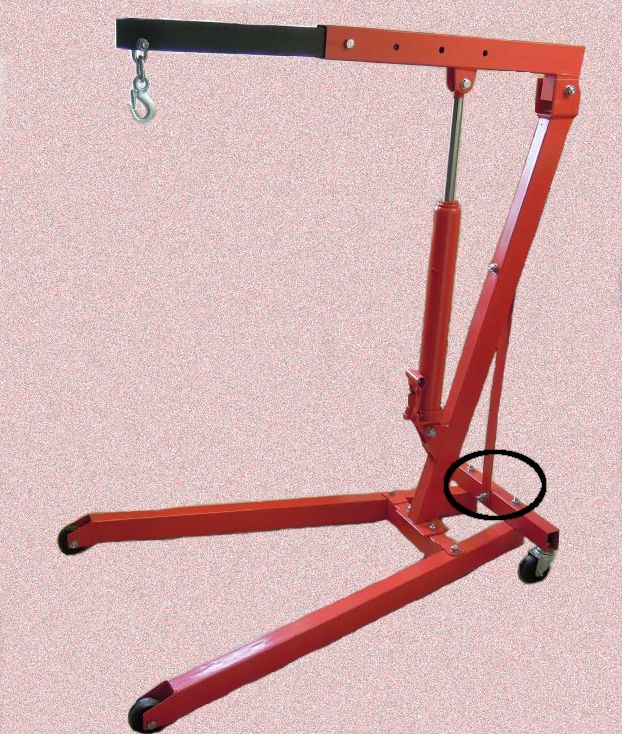Besides, the hire-cost for the very occasional heavy-list may well be lower than the materials and electricity involved in modifying an existing hoist – certainly lower than repairing a broken machine-tool.
'
I'd add only that if you need carry out lifting operations that any shackles, eye-bolts/nut and slings are the proper ones for the task, and are used correctly. No slings frayed, knotted, over sharp edges or forming legs at > about 90º; no dynamo eye-bolts for angular loads; no shackles that are distorted or have pins not their own or replaced by bolts….
It's not worth make-shifting lifting-gear unless you can be really sure of what you are doing and test each stage as you go; and to be honest, using proper lifting-equipment is very often easier than make-shifts.
Nor are they particularly expensive – certainly not as expensive as a dropped lathe. Or as one lifted by a sling of correct type but apparently knotted (never knot lifting slings) and round its spindle – reassure us Stuee, that you didn't really do as your picture unfortunately implies!
If you need make up rope slings or rope block-and-tackle, be sure of your materials and of your knots and splices.(An eye-splice is inherently stronger than a knotted bight, and more compact, but harder to make correctly.)
'
I have built a travelling-hoist for my workshop, but from chain-block to load is all proprietory lifting-gear, and I am very well aware that I could not design the hoist and rails mathematically, nor give it any more than a very rough load-test. Its heaviest loads to date were an Elliot 'Progress 2G' bench-drill with the table removed, and the body only of a Denbigh H4 horizontal-mill; but I watched everything very carefully for any signs of distress while raising the load the first inch or so above the floor, and when traversing the assembly. It intended uses are manipulating quite modest loads as a helping-hand rather than brute machine-tool moving.
Former Member.




 The shifting blokes load cell made this machine just shy of 2.5 Tonne, so there's some weight being taken by the bed.
The shifting blokes load cell made this machine just shy of 2.5 Tonne, so there's some weight being taken by the bed.

